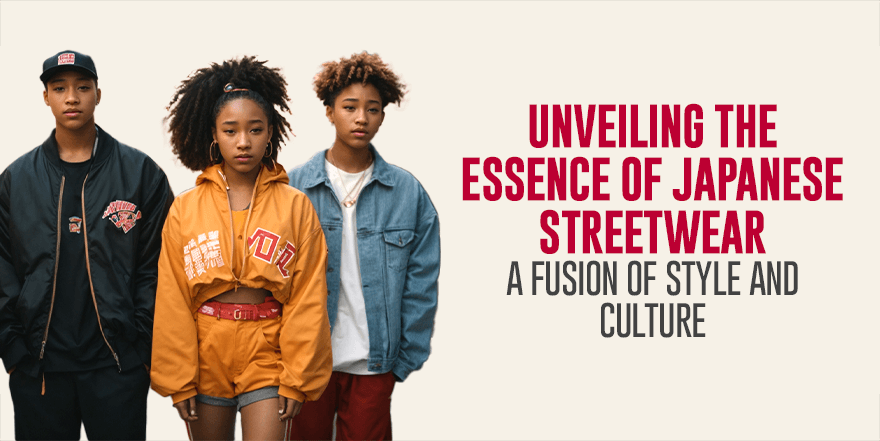Your Cart is Empty
Today, Adidas is one of the most popular footwear and apparel companies in the world. Recently, it has even challenged the global footwear giant Nike, by finding a way to attract new customers at a time when many companies in the sportswear industry are struggling.
As with any apparel company, Adidas' clever marketing and its "eye for design" concept have played a monumental role in its success. In this article, we will look at the history of Adidas, the history of the Adidas logo and the role it played in its marketing strategy.

For many people, the creation of Adidas may involve some controversy - the company's founder, Adolf Dassler, fought on the side of the Germans in World War I and joined the Nazi party in World War II.
But upon his return from World War I, Dassler began producing athletic shoes in his mother's kitchen. His younger brother Rudolf joined him at first, but after a dispute, Rudolf left the company and founded a company that would later become one of Adidas' bitter rivals - Puma.

Adidas - then called Dassler Shoes - had its first big success when Adolf went to the 1936 Summer Olympics with a suitcase full of cleats and convinced sprinter Jesse Owens to wear them at the competition. Jesse Owens became the first African-American to receive sponsorship at the Olympics, and the popularity of Dassler shoes soared.

In 1947, Adolf changed the name of his company to Adidas, after his nickname "Adi". He retained control of the company until 1987, when he sold it to a French investor named Bernard Tapie. Tapie increased production of Adidas shoes, but unable to pay the interest on the loan he used to buy the company, Tapie sold Adidas to Robert Louis-Dreyfus..

Over the next few years, Adidas changed ownership several times and became increasingly successful. Today, Adidas provides apparel for the NBA, NFL and other organizations. In 2016, the company had sales of €19.3 billion. Throughout its history, Adidas has leveraged smart marketing and the popularity of its designs to achieve such success. At the forefront of these designs is the recognizable Adidas logo.

The Adidas brand has long been known for its three-stripe logo, but it wasn't the first company to use the design. The first owner of the logo was Karhu Sports. However, Karhu Sports was hit hard by World War II and, short on capital, the owner agreed to sell the brand's logo to Adidas for 1,600 euros and two bottles of whiskey.
In 1971, the company unveiled the three-stripe logo in a leaf-like shape it called the "shamrock." This version was later replaced by the current triangle-shaped logo, although the shamrock logo can still be found on some Adidas items.
Long before Adidas purchased the shamrock logo from Karhu Sports, they added three bars to all of their items, and referred to themselves as the "three stripes brand." These three stripes were meant to convey the diversity and international appeal of the company by symbolizing the three major land masses where Adidas shoes were sold - North America, Europe and Asia.
Adidas added even more meaning and symbolism to its latest logo by giving it the shape of a triangle that resembles an upward sloping mountain. The mountain symbolizes challenges, a popular theme for the athletes Adidas sells its apparel to.
Adidas also chose to put their company name in lower case on their logo. This choice represents the casual and informal nature of the Adidas brand.
Finally, since there is no particular color associated with the Adidas logo, Adidas is free to change the color of the logo as it sees fit to enhance the design of the clothing on which it is worn.


This logo does not have a specific look. The company simply placed three black stripes on everything it manufactured. Even at this early stage in its history, the company was known for this branding. The owner of the company at the time liked to call his company "The Three Stripes Brand." Even though new logos replaced the old ones, the company remained true to the three stripes image.

The shamrock was the second Adidas logo. The three stripes theme is still present in the design, both in the leaves that stand out from the logo and in the three stripes that run diagonally across it. This logo was chosen because the company wanted a logo that represented the fact that their brand was much larger and more diverse than before while still maintaining the classic Adidas look.

This logo is the latest and it represents some of the best equipment sold by Adidas. This logo more than the others is meant to have a lot of meaning. The company wanted to keep the three stripes that made its reputation, but also add something to give the logo some power.
Apparel companies live and die by the popularity of their design. Not only do they need their design to be appealing to customers, but they also need it to be instantly recognizable for key aspects of their marketing strategy to work.
For example, Adidas pays large sums of money to have its shoes worn by professional athletes in the NBA and beyond. The goal is for people to see these athletes wearing these shoes and be inspired to buy them for themselves. However, when an NBA basketball player wears Adidas shoes on the court, there is no advertising that they are wearing them, except for a prominent logo on the shoe. So Adidas relies on people being able to recognize the logo in an instant for these ads to work.
Fortunately, the Adidas logo is indeed instantly recognizable. It is a simple design that has changed very little over the years and does not rely on hard-to-read text to make it recognizable.
While there is no doubt that people buy Adidas clothing for its quality, it is still the Adidas logo that is the company's main selling point. All of their clothing features the iconic logo in one form or another, making the logo the main design element of their clothing.

Even better, Adidas has managed to associate a message with its logo. When people see an Adidas garment or see someone else wearing it, they immediately associate the garment with quality and athleticism. It is this association that keeps many customers coming back to Adidas time and time again.
While great, quality logos are important for any business, especially for companies like Adidas and Nike, who anchor their entire marketing strategy to their logo.
There's no denying that the Adidas logo is effective. Almost anyone who sees it can tell you that it belongs to Adidas, and many companies are willing to spend billions for this kind of recognition. The Adidas logo is certainly successful because it starts with a very simple design. Three black stripes make for a very striking design, and it can be placed on almost any type of product.

The fact that no Adidas logo changes too much from the original design means that all of their logos reinforce their brand without the risk of being overlooked. Thanks to the strong influence of their logo, Adidas will probably remain a benchmark in sportswear for many years to come.
1967 - Adi Dassler uses the Adidas three-stripe logo on Adidas sneakers.
1971 - This year marks the birth of the Adidas cloverleaf logo. The Adidas shamrock logo shows the diversity of the Adidas brand. It was first used in 1972, and later became a corporate symbol.
1997 - The Adidas three-stripe logo was reintroduced after being redesigned by Peter Moore, who was Adidas' creative director at the time.
1998 - Adidas merged with Salomon and introduced a new corporate logo that represented the brand values of both groups. It retained the blue color of Adidas and inherited the red color of Salomon. The logo incorporated 3 shapes to resemble a diamond. The two arcs that extended upward represented the winner's arms, raised after victory.
2005 - The new Adidas "Word Mark" logo was introduced. The new logo is clear, simple and confident and shows leadership.
Rather than following the pack, Adidas is constantly testing new products to make a better shoe for all athletes. Here are some of their latest creations :
3D printed soles:

Some people think 3D printers are a fad, but Adidas sees them as an imaginative way to take athletic footwear to the next level. Not only are these insoles incredible, but because they're made with a 3D printer, they can be created for specific individuals and tailored to each foot.
One-piece leather upper:
The upper of a shoe is actually everything but the sole. Typically, uppers are created from multiple pieces of material because it is difficult to get the required shape from a single piece of fabric. However, Adidas has invented a beautiful shoe with a seamless upper, which allows for added style and flexibility.
Shoes created from recycled ocean plastic:
While these shoes weren't available for purchase by everyone, they are a clear demonstration of Adidas' ingenious use of recycled materials and concern for the environment.
With all these innovations, it's clear that this company isn't waiting for the future to come to them.
Innovation and quality don't always go hand in hand, but with Adidas, one doesn't make sense without the other. Adidas' motto, "We strive to help you be the best you can be," is reflected in the quality of their shoes.
In case you are not 100% satisfied with your purchase, Adidas has a top-notch customer service department that will make sure everything is done right.

Adidas' goal is to be the world's leading athletic brand. That's why everything they do is rooted in sports. The brand, according to Adidas, "is the tip of our spear, visible on innovative products, as well as with the world's best athletes, teams and events."
This commitment began with Adidas founder Adi Dassler. His motivation was to make all athletes better at their chosen sport. Adidas continues to focus on athletes and fulfilling Dassler's wish to make Adidas the perfect footwear choice for every athlete.
Whether you're looking for the perfect shoe to play tennis in, shoot some hoops in, or slide around in after several laps of the pool, Adidas has what you need. When you buy an Adidas product, you can be sure you're getting the best quality combined with the latest technology. What more could you want?
Comments will be approved before showing up.
By Credit & Debit Cards, Paypal or Apple Pay
For all orders over $100
We're available 7 days a week
Reply within 24 hours
Not loving it?
Free return within 30 days


